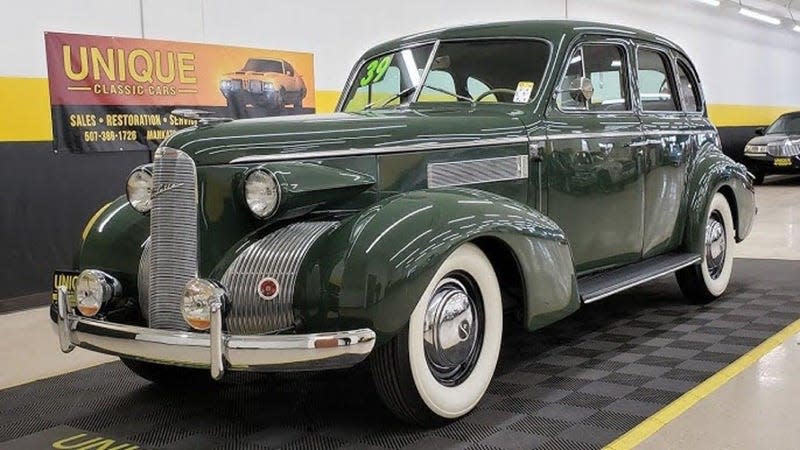Cadillac Would Not Have Survived The Great Depression Without Black People

Cadillac is well-known today as one of America’s longest lasting luxury brands, but the 122-year-old automaker would have gone belly up during the Great Depression if it weren’t for opening the brand up to Black people. It would take a German immigrant to open the company’s eyes to the fact that it doesn’t matter what the color of your skin is, as long as the cash in your wallet is green.
Systemic racism is embedded in the fabric of this country, both in the present and the past. For nearly 90 years, Jim Crow laws kept Black people down in the U.S. Such laws could limit the luxury goods available to Black people. Marshall Fields department store in Chicago for instance went out of its way to let Black customers know they weren’t welcome and specifically wouldn’t hire Black workers, even for the lowest of positions. This was all in spite of Illinois having passed a civil rights act in 1885.
Nicholas Dreystadt, a German-born automotive middle manager, came to the U.S. at 22 with work experience with Mercedes-Benz. He worked his way up in Cadillac where he was placed in charge of the brand’s nationwide service network, a position that gave him great responsibility but nowhere near the power and influence of an executive.
Cadillac was in trouble, along with the rest of the country. The brand had been doing well in the late 1920s; a year before the Great Depression began, Cadillac sold just over 41,000 cars, some 2.4 percent of GM’s total sales at the time. By 1933 those sales had tanked 84 percent to just over 6,700 cars. Something needed to be done to turn the brand around fast. This is where Dreystadt came in.
Dreystadt decided to crash a meeting of executives discussing the future of the brand. He told them he could save Cadillac in 18 months. The idea came to him while he traveled around the country to different Cadillac dealers. Cadillac sales were down and the brand wanted to be the pinnacle of the luxury car market. Despite tanking sales, the brand’s official position banned selling vehicles to Black people. Yet Dreystadt told executives that he noticed that a small number of the Black elites were driving Cadillacs. They were getting their vehicles serviced at dealers. How were these Black people buying these cars despite Cadillac not selling to them? It was simple: They were paying white people to buy the cars on their behalf. Dreystadt argued that the money Black Americans were spending on a middle man could be going to Cadillac and GM. The brand just needed to end its discriminatory policy and allow Black people to buy its cars.
The executives heard him out and eventually implemented his plan to allow Black people to buy Cadillacs. In the end, ot didn’t take Dreystadt 18 months to turn Cadillac around—it only took 12. By 1934, sales for the brand had increased 70 percent and the Cadillac went from broke to breaking even. Executives were so impressed with Dreystadt that he was made head of the Cadillac division, a position he held until after WWII. He then went on to serve as head of Chevrolet. Dreystadt died of cancer in 1948 at just 59 years old.
Had Dreystadt not succeeded, Cadillac might not exist today. Some may champion this story for the brand being turned around, but it’s also a stark reminder of the reality of Jim Crow America. It’s pretty sad that it took the brand being on the verge of going out of business and a German immigrant to make executives think that maybe, just maybe discrimination is bad for business.

 Yahoo Autos
Yahoo Autos 